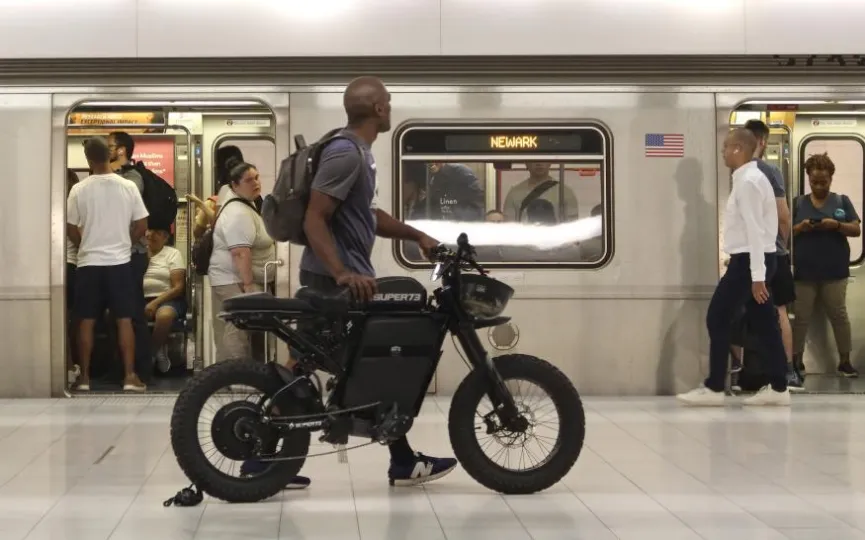Navigation App for Visually Impaired Could Aid NYC Subway Travel
An app has been developed by researchers from NYU’s Tandon School of Engineering and Grossman School of Medicine to assist individuals with visual impairments in navigating the subway system in New York City. The app, called Commute Booster, utilizes the smartphone camera to identify important signs along the transit route, providing guidance to the user’s desired destination while disregarding unnecessary signs and posters.
Commute Booster is designed for the “middle mile,” where passengers pass through turnstiles, busy corridors and terminals to stay on track. The application combines the Generic Transport Feed Specification (GTFS), a standardized and publicly available database of public transport routes, and Optical Character Recognition (OCR) to interpret signs and guide the user accordingly. “By integrating these two components, Commute Booster provides users with real-time feedback on the presence or absence of relevant navigation markers in the phone’s camera field of view during their commute,” NYU said in a press release today.
In a study using the app at three NYC stations—Jay Street-Metrotech, Dekalb Avenue, and Canal Street—it had a 97 percent success rate in identifying the relevant signs needed to reach an apparent destination. It managed to “read” the signs from a distance and from the different angles expected of a typical commute.
“The ‘middle mile’ often involves negotiating a complex network of underground passages, ticket booths and subway platforms. It can be treacherous for people who can’t rely on sight,” said John-Ross Rizzo, MD, a professor at New York University (and co-author of the paper), who known for his design work helping the disabled. “Most GPS-enabled navigation apps only cover the ‘first’ and ‘last’ miles, so they don’t meet the needs of blind or visually impaired commuters. Commute Booster is meant to fill that gap.”
Next, a human-oriented study is planned to see how well the app can withstand real navigation scenarios. After that, the researchers hope to have it available for public use “in the short term.” Commute Booster is a simple smartphone app that uses standard sensors on a modern handset, but that means users have to hold up their phones’ cameras while navigating the New York subway system — also worth it, but a less-than-ideal setup. You can easily imagine this or a similar app running on AR smartglasses if or when they ever gain wider consumer appeal. (Some companies have already tried.)




